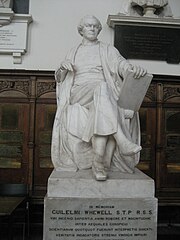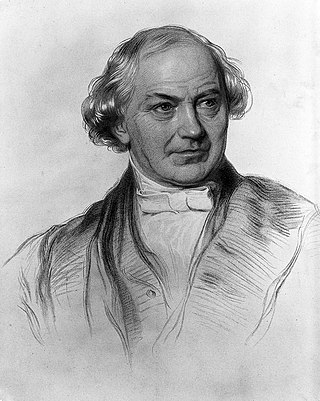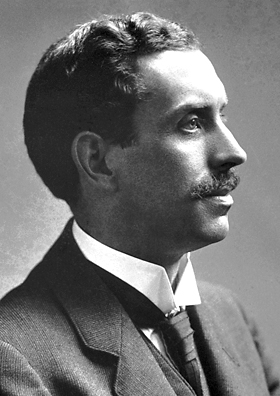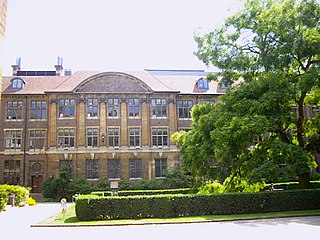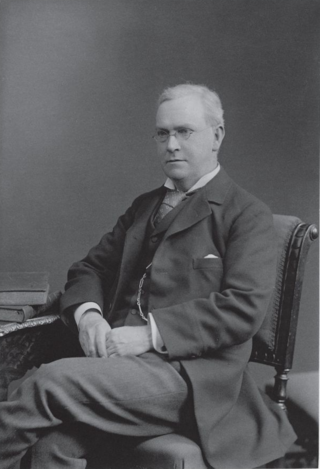
Trinity College, a constituent college of the University of Cambridge, is headed by a master who oversees the general operation of the college. The role is officially appointed by the monarch at the recommendation of the college, and involves presiding over meetings of the college council and its governing body, although the executive powers of the master are limited. [1] In addition, the master supports relations with students and alumni of the college, and serves as an ambassador for its global development activities. [2]
In 1546, Trinity College was founded by Henry VIII, merging the colleges of Michaelhouse and King's Hall. [3] John Redman, then Warden of King's Hall, was thus appointed first Master of Trinity College. For much of the past, the master was required to hold a degree from the University of Cambridge, and was usually a member of Trinity College. The office of the master could be held until the age of seventy, although this could be extended to seventy-five, by decree of the fellowship. [1] There have been 40 appointments to the position; William Bill was appointed master twice, in 1551 and 1558. [4] The longest serving master was Richard Bentley, from 1700 until his death in 1741. He held the post despite numerous criminal charges, even having his degree rescinded temporarily. Although sentenced twice, the first sentencer died before the process began, and the second sentence was refused to be carried out by the vice-master, Richard Walker, whom he was a friend of. [5]
Currently, the master holds office for a fixed term of up to eight years. There is no longer a requirement to have studied at Trinity College, or the University of Cambridge, but recent masters have usually been distinguished academics. The current master, Dame Sally Davies, was appointed on 8 February 2019. She assumed the role during a ceremony on 8 October of that year, becoming the 39th Master of Trinity College, and the first woman to hold the position. [6] [7] Regardless of whether the incumbent is male or female, the title is referred to as the master, for historical reasons. [2] The college council also includes a vice-master role, currently held by Louise Merrett. [8]
The Master of Trinity College resides in the Master's Lodge, located directly opposite the main gate in Great Court. It was originally built in 1554, and is a Grade I listed building. The entrance hall has 16th-century panelling, and the drawing room has a late 15th-century plaster ceiling. The façade of the building towards Great Court was renovated between 1841 and 1843 by Anthony Salvin. In 1892, the architect Arthur Blomfield constructed the west wing of the lodge with additional rooms for private accommodation of the master, which freed some of the historic rooms for public use. [9] The Master's Lodge is customarily the royal residence when visiting the university. [10] It includes a state bedroom that was refurbished for the 1843 visit of Queen Victoria and Prince Albert. [11] [12]
Several masters of the college contributed to the development of its buildings throughout history. Thomas Nevile, master of the college from 1593, remodelled the majority of the college buildings. He demolished several buildings to clear space for the Great Court, which is now reputedly the largest enclosed courtyard in Europe. [13] Upon his death, he bequeathed a sum of money that entirely paid for the construction of Nevile's Court. [14] In the late 17th century, Nevile's Court was further developed by Christopher Wren under the instruction of the master of the college, Isaac Barrow, forming the Wren Library. [15] In the 1860s, William Whewell paid for the construction of Whewell's Court, two neo-Gothic courts located on the opposite side of Trinity Street. [16]



